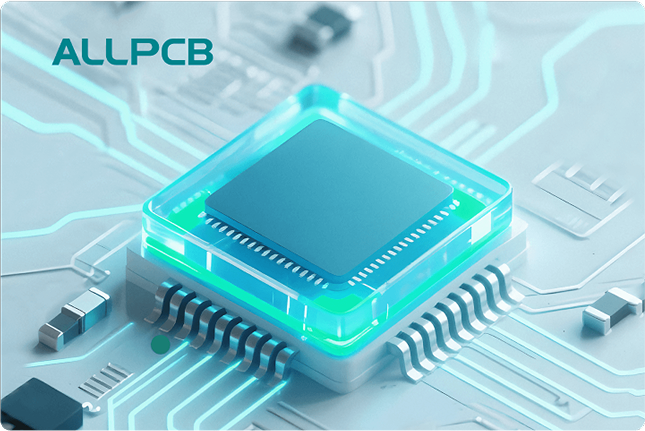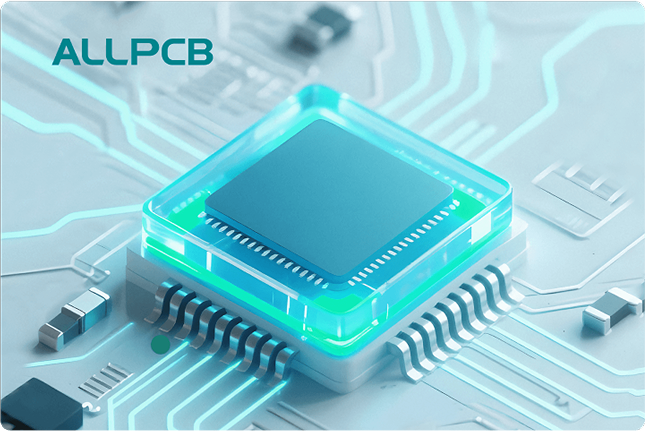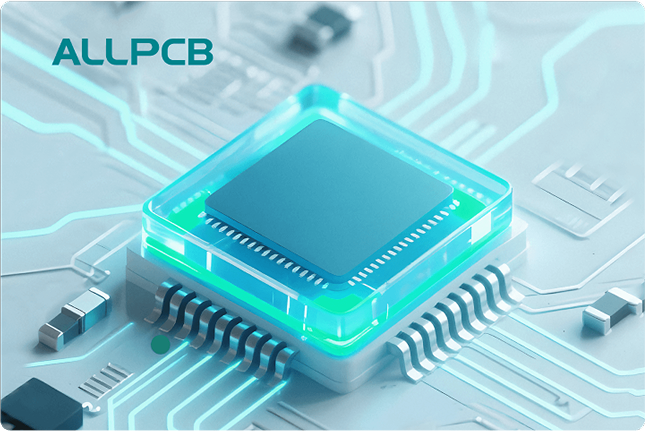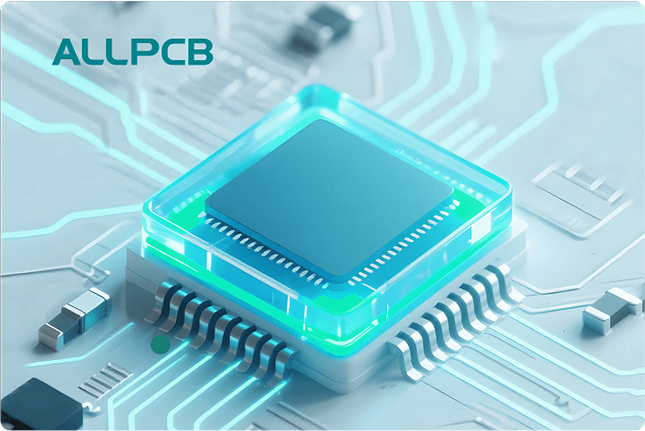If you're an electrical engineer working on PCB assembly, choosing the right solder paste is critical for ensuring reliable connections, high performance, and compliance with industry standards. So, what are the main types of solder paste for PCB assembly? They include lead-free solder paste, no-clean solder paste, water-soluble solder paste, and rosin solder paste, each with unique properties based on their flux type and solder paste alloy composition. In this comprehensive guide, we'll dive deep into each type, exploring their characteristics, applications, and how their compositions impact your assembly process. Whether you're optimizing for environmental compliance or tackling complex designs, this guide will help you make informed decisions.
Why Solder Paste Matters in PCB Assembly
Solder paste is the backbone of modern PCB assembly, especially for surface-mount technology (SMT). It acts as both an adhesive to hold components in place before reflow soldering and as the material that forms the electrical and mechanical bond between components and the board. A poor choice of solder paste can lead to issues like weak joints, tombstoning, or voids, which compromise the reliability of your circuit. For engineers, understanding the nuances of solder paste types can mean the difference between a successful project and costly rework.

Breaking Down Solder Paste: Key Components
Before diving into specific types, let’s look at what makes up solder paste. Solder paste is a mixture of tiny metal alloy particles (typically 20-50 micrometers in diameter) and flux, a chemical agent that cleans surfaces and prevents oxidation during soldering. The alloy composition determines the melting point and mechanical strength, while the flux type affects ease of cleaning and residue behavior. These two factors—alloy and flux—define the categories of solder paste we’ll explore below.
1. Lead-Free Solder Paste: Meeting Modern Standards
Lead-free solder paste has become the industry standard since the introduction of the Restriction of Hazardous Substances (RoHS) directive in 2006. This type of paste eliminates lead (Pb) due to its toxicity, replacing it with alternative alloys. The most common lead-free alloy is SAC305, composed of 96.5% tin (Sn), 3% silver (Ag), and 0.5% copper (Cu). SAC305 has a melting point of around 217-220°C, slightly higher than traditional leaded solder (183°C for Sn63/Pb37), requiring adjustments in reflow profiles.
Advantages:
- Environmentally friendly and RoHS-compliant.
- Strong mechanical properties, ideal for high-reliability applications like automotive and aerospace.
- Widely available and supported by modern equipment.
Challenges:
- Higher melting temperatures can stress heat-sensitive components.
- More prone to issues like tin whiskers, which can cause shorts in fine-pitch designs.
Best Use Cases: Lead-free solder paste is a must for consumer electronics, medical devices, and any product sold in regions with strict environmental regulations. For example, when assembling a smartphone PCB, SAC305 ensures compliance while maintaining joint strength under thermal cycling.

2. No-Clean Solder Paste: Simplifying Post-Assembly Processes
No-clean solder paste is designed to leave minimal residue after reflow, eliminating the need for cleaning in most cases. The flux in no-clean paste is formulated to become inert after heating, leaving behind a thin, non-corrosive layer. This type often uses rosin or synthetic resins as the flux base, combined with alloys like SAC305 for lead-free applications.
Advantages:
- Reduces production time and cost by skipping the cleaning step.
- Suitable for high-volume PCB manufacturing where efficiency is key.
- Residues are generally safe for most applications, though testing is advised for high-reliability designs.
Challenges:
- Residues can interfere with conformal coating adhesion or in-circuit testing if not properly managed.
- Not ideal for critical applications like military or medical where residue could pose risks over time.
Best Use Cases: No-clean solder paste shines in consumer electronics assembly, such as assembling a batch of IoT devices. For instance, in a project involving 10,000 units of a smart sensor PCB, using no-clean paste can cut production time by up to 20% by avoiding cleaning stations.
3. Water-Soluble Solder Paste: Easy Cleaning for High Reliability
Water-soluble solder paste uses a flux that can be easily cleaned with deionized water after reflow. The flux is typically based on organic acids, which are highly active and ensure excellent wetting but leave corrosive residues if not removed. This type is often paired with lead-free alloys like SAC305 or SnBiAg (tin-bismuth-silver) for low-temperature applications.
Advantages:
- Easy to clean with water, reducing the need for harsh solvents.
- Ensures a pristine board surface, critical for high-reliability applications.
- Excellent wetting properties for challenging surfaces.
Challenges:
- Requires a cleaning process, adding time and cost to production.
- Residues must be removed promptly to avoid corrosion.
Best Use Cases: Water-soluble paste is ideal for aerospace and medical PCBs where cleanliness is non-negotiable. For example, in a medical device PCB with tight spacing (0.4mm pitch), water-soluble flux ensures no residue interferes with signal integrity, which could be critical at operating frequencies above 1 GHz.

4. Rosin Solder Paste: A Traditional Choice with Versatility
Rosin solder paste uses a flux made from natural or synthetic rosin, a derivative of pine sap. Rosin flux is mildly active, providing good wetting for most surfaces while leaving a residue that can be cleaned if needed. It’s available in both leaded and lead-free variants, with alloys like Sn63/Pb37 (leaded) or SAC305 (lead-free).
Advantages:
- Versatile and widely compatible with various components and boards.
- Residues are non-corrosive and can often be left on the board.
- Good shelf life and ease of use in manual and automated processes.
Challenges:
- Residues can be sticky and attract dust if not cleaned, potentially affecting long-term reliability.
- Less aggressive than water-soluble flux, so may struggle with heavily oxidized surfaces.
Best Use Cases: Rosin solder paste is a go-to for prototyping and small-batch production. For engineers working on a custom motor control PCB, rosin paste offers reliability during testing phases without the hassle of immediate cleaning.
Understanding Solder Paste Alloy Composition: What’s Inside?
The solder paste alloy composition plays a huge role in determining performance. Let’s break down the most common alloys and their properties:
- SAC305 (Sn96.5/Ag3.0/Cu0.5): The standard lead-free alloy with a melting point of 217-220°C. It offers excellent thermal fatigue resistance, making it ideal for harsh environments. However, its silver content (3%) increases cost.
- SnBiAg (Tin-Bismuth-Silver): A low-temperature lead-free alloy with a melting point around 138-170°C, depending on the exact mix. It’s perfect for heat-sensitive components but has lower mechanical strength.
- Sn63/Pb37 (Tin-Lead): The traditional alloy with a melting point of 183°C. While still used in some military and industrial applications due to its reliability and low cost, it’s largely phased out due to RoHS restrictions.
Choosing an Alloy: When selecting an alloy, consider your reflow oven’s capabilities and component tolerances. For instance, using SnBiAg on a PCB with LEDs can prevent thermal damage, as LEDs often have maximum temperature ratings below 200°C.
How to Choose the Right Solder Paste for Your Project
Selecting the right solder paste depends on several factors:
- Regulatory Compliance: If your product targets the EU or other RoHS-compliant markets, opt for lead-free solder paste like SAC305.
- Application Environment: For high-reliability needs (e.g., aerospace), prioritize water-soluble paste for cleanliness. For consumer goods, no-clean paste saves time.
- Component Sensitivity: Heat-sensitive components may require low-temperature alloys like SnBiAg.
- Production Volume: High-volume runs benefit from no-clean paste to streamline processes, while small runs or prototypes can use rosin paste for flexibility.
Practical Tip: Always test your chosen paste with a small batch before full production. For example, when I worked on a project involving a high-density FPGA board, we initially used a no-clean paste but found residue interfered with test probes. Switching to water-soluble paste solved the issue, ensuring 100% test coverage.
Common Challenges and Solutions with Solder Paste
Even with the right solder paste, issues can arise during PCB assembly. Here are a few common problems and how to address them:
- Bridging: Caused by excessive paste or stencil misalignment. Solution: Optimize stencil design (aperture size typically 1:1 with pad size) and reduce paste volume.
- Tombstoning: Small components lift during reflow due to uneven heating. Solution: Adjust reflow profile to ensure uniform temperature rise (e.g., ramp rate of 1-2°C per second).
- Voids: Air pockets in joints reduce conductivity. Solution: Use a paste with good wetting properties and ensure proper storage (typically 2-10°C) to avoid moisture absorption.
Storage and Handling Tips for Solder Paste
Solder paste is sensitive to temperature and humidity, which can affect its performance. Here are some best practices:
- Store at 2-10°C in a sealed container to prevent oxidation and moisture.
- Allow paste to reach room temperature (takes 4-6 hours) before use to avoid condensation.
- Use within the shelf life, typically 6-12 months for lead-free pastes, to ensure consistent viscosity (around 800-1000 kcps for most pastes).
Conclusion: Making an Informed Choice for PCB Assembly
Choosing the right solder paste for PCB assembly is a balancing act between compliance, performance, and production efficiency. Whether you’re using lead-free solder paste to meet RoHS standards, no-clean solder paste for high-volume runs, water-soluble solder paste for critical applications, or rosin solder paste for versatility, understanding the solder paste alloy composition and flux type is key. By aligning your choice with project requirements and testing thoroughly, you can achieve reliable, high-quality solder joints every time.
 ALLPCB
ALLPCB







